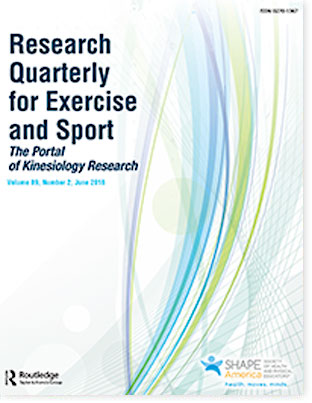 RQES Table of Contents
RQES Table of Contents
The History of Aerobics (50 Years and Still Counting)
Kenneth H. Cooper
 During my youth, I successfully participated in competitive sports, particularly basketball and track. As a result, I received a track scholarship to the University of Oklahoma (OU) as a middle-distance runner. During my 3 years at OU (1949–1952), I was able to keep in competitive shape and ran distances up to 2 miles. During that time, my weight held steady at 168 pounds to 170 pounds.
During my youth, I successfully participated in competitive sports, particularly basketball and track. As a result, I received a track scholarship to the University of Oklahoma (OU) as a middle-distance runner. During my 3 years at OU (1949–1952), I was able to keep in competitive shape and ran distances up to 2 miles. During that time, my weight held steady at 168 pounds to 170 pounds.
Upon entry into medical school, I soon discovered that the “most common manifestation of stress is obesity.” So, during my 4 years of medical school followed by 1 year of
internship, sleep deprivation was quite common, and I ate to stay awake. As a result, by the time I had finished those 5 years and married shortly thereafter, I had done nothing physically for approximately 8 years. I went water skiing and attempted to ski a slalom course, which I successfully accomplished 8 years earlier. But in my deconditioned, overweight state, I developed a cardiac arrhythmia while skiing and became nauseous and lightheaded. When I reached shore, I was immediately taken to a nearby emergency center. By that time, my tachycardia (as high as 180) had returned to normal.
A preliminary workup followed by a more extensive cardiovascular workup revealed no heart abnormality, and a diagnosis of “supraventricular tachycardia” was made. Most people refer to this condition, which is much more common in women than in men, as paroxysmal atrial tachycardia. As a result of that frightening experience, I lost the weight within 6 months and ran my first marathon (Boston Marathon) shortly thereafter.
To read the rest of this article,
click here to download a pdf.